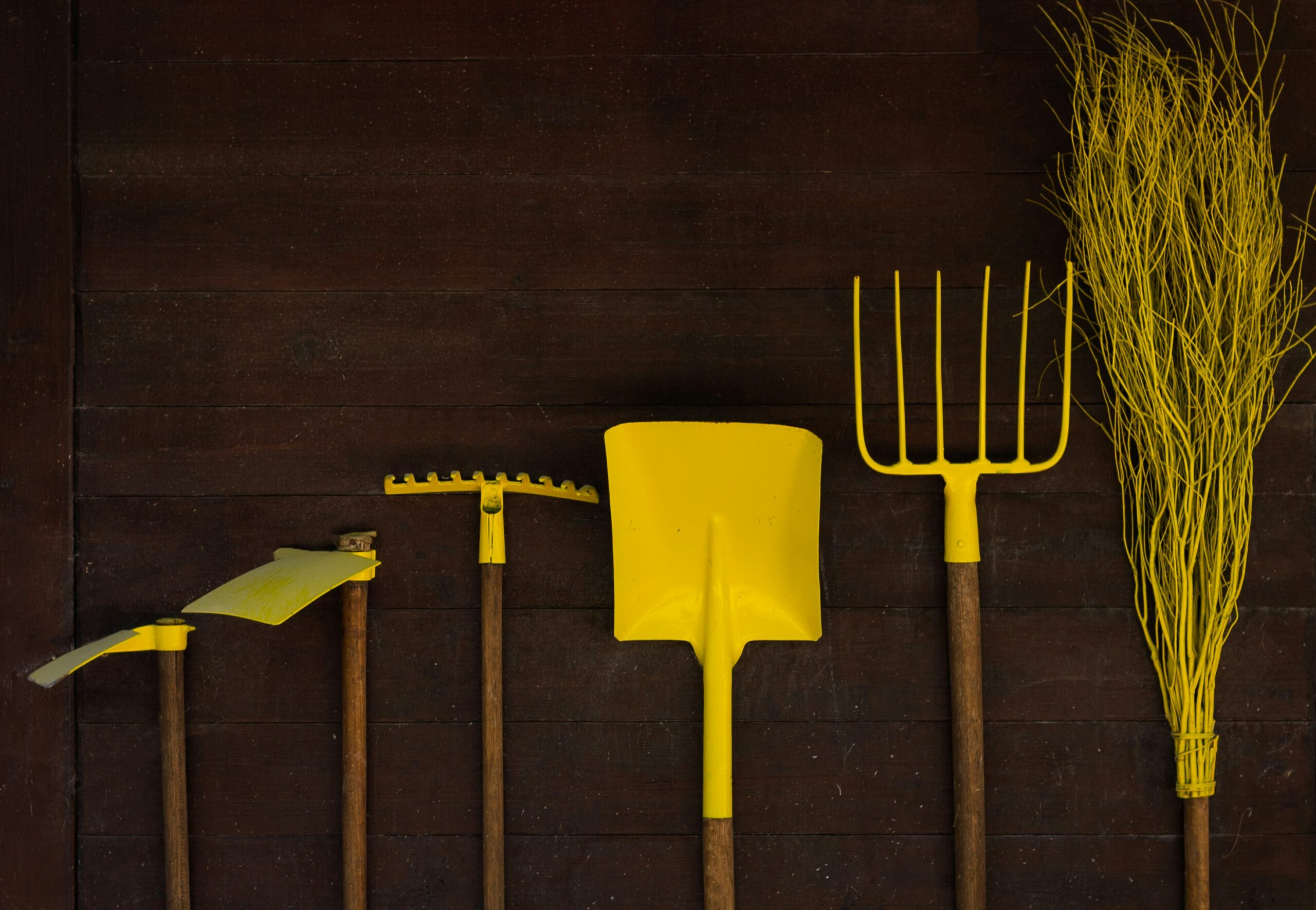Gardening can be a fulfilling and therapeutic activity, but having the right tools is crucial for success. Whether you’re a seasoned gardener or just starting out, understanding which tools are essential can greatly enhance your gardening experience. This guide will help you navigate the world of gardening tools, offering insights into the best gardening tools available, how to choose the right ones for your specific needs, and tips for maintaining them effectively.
Why Quality Gardening Tools Matter
Investing in quality gardening tools can save you time, effort, and frustration. High-quality tools are designed to last longer and perform better than their cheaper counterparts. They not only make gardening tasks easier but also reduce the risk of injury. A well-made tool can improve your efficiency, allowing you to enjoy your gardening experience more fully.
Essential Gardening Tools: The Must-Have List
Hand Tools
- Hand Trowel: Perfect for digging small holes, transplanting seedlings, and mixing soil. Look for a sturdy, comfortable grip.
- Pruning Shears: Ideal for trimming and shaping plants. Choose a pair with a sharp blade, and ensure they are easy to use with one hand.
- Weeder: A specialized tool for removing weeds from the root. A long, narrow blade helps get deep into the soil.
- Garden Fork: Useful for turning soil, aerating, and mixing in compost. Opt for one with strong tines for better durability.
- Hand Rake: Great for breaking up soil and clearing debris from small areas. A lightweight option is easier to handle.
Watering Tools
- Watering Can: Essential for targeted watering, especially for indoor plants or delicate seedlings. Choose one with a removable spout for versatility.
- Hose: A standard garden hose is vital for larger gardens. Look for one that is durable and easy to maneuver.
- Spray Nozzle: Attach this to your hose for adjustable water flow. A multi-pattern nozzle offers various spray options for different plants.
Soil and Plant Care
- Soil Tester: Helps you determine pH levels and nutrient content. This information is crucial for healthy plant growth.
- Garden Kneeler: Provides comfort while working at ground level. Many models double as a seat, making it versatile for various tasks.
Storage Tools
- Tool Shed or Storage Box: Essential for keeping your tools organized and protected from the elements. Look for one that is weather-resistant.
Choosing the Right Tools for Your Garden
Selecting the right tools depends on several factors, including the type of gardening you do and your physical abilities.
Consider Your Space
- If you have raised beds, opt for tools that are designed for smaller areas, such as hand tools and shorter rakes.
- For container gardening, lightweight tools are easier to handle and store.
Physical Considerations
- Seniors or those with limited mobility may benefit from ergonomic tools that reduce strain.
- Long-handled tools can help avoid bending and reaching, making gardening more accessible.
How to Use and Care for Your Gardening Tools
Cleaning Your Tools
- After each use, wipe down your tools with a damp cloth to remove dirt and debris.
- For stubborn soil, soak tools in warm soapy water for a few minutes before scrubbing.
Sharpening Your Tools
- Use a sharpening stone or file to maintain the edges of blades on your pruners and trowels.
- Always sharpen in the direction of the blade’s edge to avoid damage.
Storing Your Tools
- Store tools in a dry place to prevent rust. Hanging tools or using a pegboard can save space and keep them organized.
- For wooden handles, apply linseed oil periodically to prevent drying and cracking.
Seasonal Gardening Tool Checklist
Spring
- Inspect and clean all tools before the gardening season begins.
- Sharpen blades and replace any damaged tools.
Summer
- Check watering equipment for leaks and clogs.
- Clean tools after each use to prevent soil buildup.
Fall
- Perform a thorough cleaning and sharpening of tools before storing them for winter.
- Organize tools and prepare your storage area for the off-season.
Winter
- Inspect tools and handle any repairs needed before spring.
- Consider indoor gardening tools and supplies for winter gardening projects.
Troubleshooting: Common Tool Issues and Solutions
Rust
- Remove rust using a wire brush or sandpaper. After cleaning, apply a rust-inhibiting oil to prevent future rust.
Dull Blades
- Regularly sharpen blades to ensure clean cuts, which promote better plant health.
Loose Handles
- Check and tighten screws or bolts on handles. If a handle is cracked, consider replacing it entirely.
Safety Tips for Using Gardening Tools
- Always wear gloves to protect your hands from cuts and blisters.
- Use tools as intended; don’t improvise with them for tasks they aren’t designed for.
- Store tools out of reach of children and pets to prevent accidents.
- Be cautious with sharp tools; always cut away from your body.

